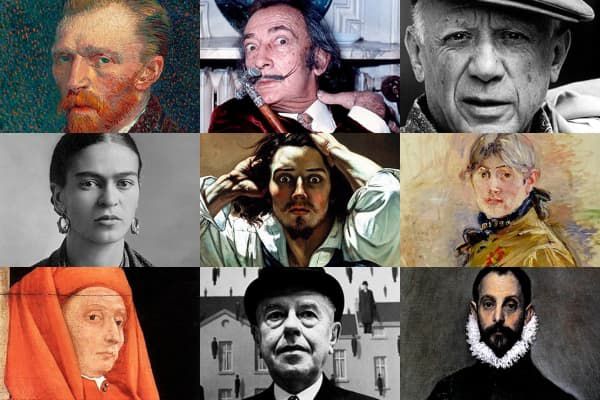
Most Important Western Painters of All Time
A list of the 101 most important painters of the history of Western Painting, from 13th century to 21st century.
Although this list is the result of a deep study of the painters, their contribution to Western painting, and their influence on later artists; we are aware that objectivity does not exist in Art, so we understand that most readers will not agree 100% with this list. In any case, theartwolf.com assures that this list is only intended as a tribute to painting and the painters who have made it an unforgettable Art.
101 Painters you should know!

PABLO PICASSO (1881-1973)
Love him or hate him, Picasso changed it all. He is to Art History a giant earthquake with eternal consequences. With the possible exception of Michelangelo (who focused his greatest efforts in sculpture and architecture), no other artist had such ambitions at the time of placing his oeuvre in the history of art.
Picasso created the avant-garde. Picasso destroyed the avant-garde. He looked back at the masters and created a personal style that was imitated by artists around the globe. During his later years, his works are often somewhat dull and unexciting, but his unmatched legacy had already been set. For the better or for the worse.
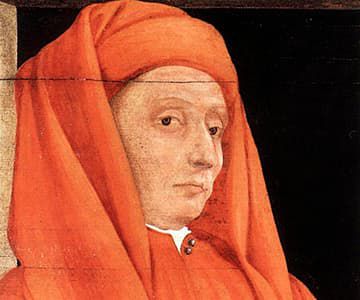
GIOTTO DI BONDONE (c.1267-1337)
It has been said by some art historians that Giotto was the first real painter, like Adam was the first man.
Giotto continued the Byzantine style of Cimabue and other predecessors, but he earned the right to be included in gold letters in the history of painting when he added a quality unknown to date: emotion
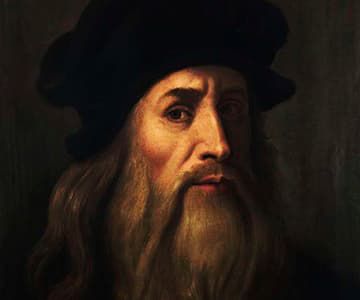
LEONARDO DA VINCI (1452-1519)
There is no artist more legendary than Leonardo da Vinci. He will be forever known as the author of the most famous painting of all time, the "Gioconda" or "Mona Lisa".
But he is more, much more. In the whole History of Art, no other name has created more discussions, debates and studies than the genius born in Vinci in 1452.
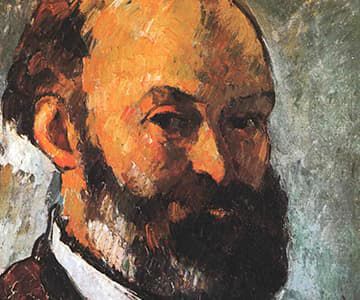
PAUL CÉZANNE (1839-1906)
"Cezanne is the father of us all." This famous quote has been attributed to both Picasso and Matisse, and certainly it does not matter who actually said it, because in either case would be appropriate. Albeit he exhibited with the Impressionist painters, Cézanne left the whole group behind and developed a style of painting never seen before, opening the door for the arrival of the Cubism and the rest of the vanguards of the twentieth century.
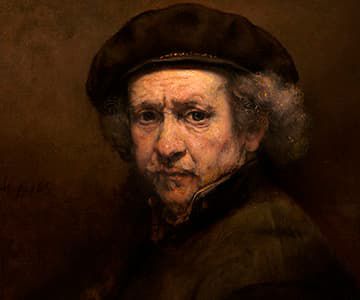
REMBRANDT VAN RIJN (1606-1669)
The fascinating use of the light and shadows in Rembrandt's works seem to reflect his own life, moving from fame to oblivion. Rembrandt is the greatest master of Dutch painting, and, along with Velázquez, the main figure of 17th century European Painting. He is, in addition, the great master of the self-portrait of all time, an artist who had never show any mercy at the time of depicting himself.
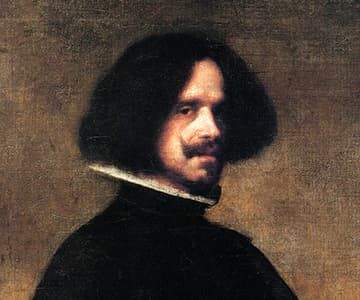
DIEGO VELÁZQUEZ (1599-1660)
Along with Rembrandt, one of the summits of Baroque painting. But unlike his Dutch contemporary, the Sevillan painter spent most of his life in the comfortable but rigid courtesan society. Nevertheless, Velázquez was an innovator, a "painter of atmospheres" two centuries before Turner and the Impressionists, which it is shown in his colossal 'royal paintings' ("Meninas", "The Forge of Vulcan"), but also in his small and memorable sketches of the Villa Medici.

WASSILY KANDINSKY (1866-1944)
Although the title of "father of abstraction" has been assigned to several artists, from Picasso to Turner, few painters claim it with as many motives as Kandinsky. Many artists have succeeded in painting emotion, but very few have changed the way we understand art. Wassily Kandinsky is one of them.
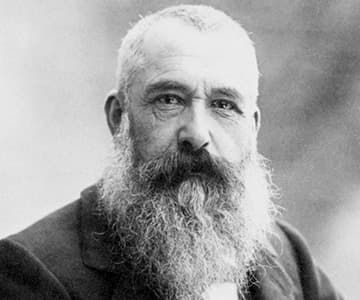
CLAUDE MONET (1840-1926)
The importance of Monet in the history of art is sometimes "underrated", as Art lovers tend to see only the overwhelming beauty that emanates from his canvases, ignoring the complex technique and composition of the work (a "defect" somehow caused by Monet himself, when he declared that "I do not understand why everyone discusses my art and pretends to understand, as if it were necessary to understand, when it is simply necessary to love"). However, Monet's experiments, including his studies on the changes in the same object caused by daylight at different times of the day; and the almost abstract quality of his "water lilies", are clearly a prologue to the art of the twentieth century.
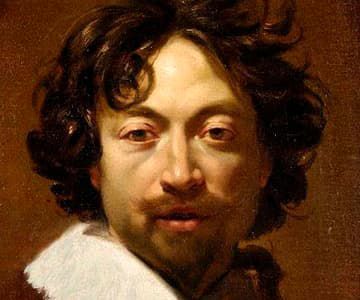
MICHELANGELO MERISI DA CARAVAGGIO (1571-1610)
The tough and violent Caravaggio is considered the father of Baroque painting, with his spectacular use of lights and shadows. Caravaggio’s chiaroscuro became so famous that many painters started to copy his paintings, creating the 'Caravaggisti' style.
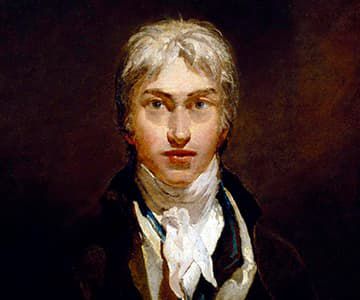
10. JOSEPH-MALLORD WILLIAM TURNER (1775-1851)
Turner is the best landscape painter of Western painting. Albeit an academic painter during his first years, Turner slowly but unstoppably evolved towards a free, atmospheric style, sometimes even outlining the abstraction, which was misunderstood and rejected by the same critics who then admired him for decades.
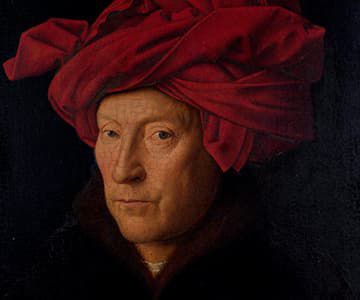
JAN VAN EYCK (1390-1441)
Van Eyck is the colossal of the Flemish painting, a genius of accuracy, thoroughness and perspective, well above any other artist of his time, either Flemish or Italian.

ALBRECHT DÜRER (1471-1528)
The real Leonardo da Vinci of Northern European Rennaisance was Albrecht Dürer, a restless and innovative genious, master of drawing and color. He was one of the first artists to represent nature without artifice, either in his painted landscapes or in his drawings of plants and animals.

MICHELANGELO BUONARROTI (1475-1564)
Some readers will be quite surprised to see a man who is arguably the greatest artistic genius of all time out of the "top ten" of this list, but the fact is that even Michelangelo defined himself as "sculptor", and even his painted masterpiece (the frescoes in the Sistine Chapel) are often defined as 'painted sculptures'. Nevertheless, that unforgettable masterpiece is enough to guarantee him a place of honor in the history of painting.
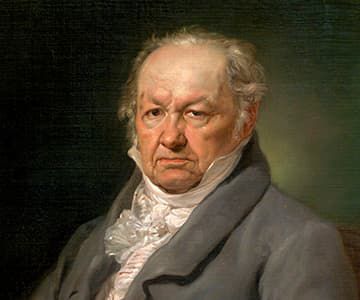
FRANCISCO DE GOYA (1746-1828)
Goya is an enigma. In the whole History of Art few figures are as complex as the artist born in Fuendetodos, Spain. Enterprising and indefinable, a painter with no rival in all his life, Goya was the painter of the Court and the painter of the people. He was a religious painter and a mystical painter. He was the author of the beauty and eroticism of the 'Maja desnuda' and the creator of the explicit horror of 'The Third of May, 1808'. He was an oil painter, a fresco painter, a sketcher and an engraver. And he never stopped his metamorphosis.
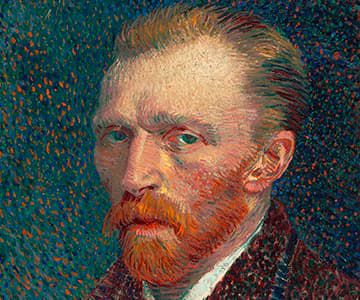
VINCENT VAN GOGH (1853-1890)
Few names in the history of painting are now as famous as Van Gogh, despite the complete neglect he suffered in life. His works, strong and personal, are one of the greatest influences in the twentieth century painting, especially for the German Expressionism.
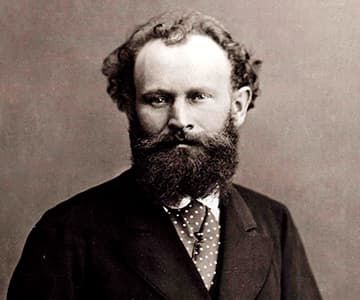
ÉDOUARD MANET (1832-1883)
Manet was the origin of Impressionism, a revolutionary in a time of great artistic revolutions. His (at the time) quite polemical "Olympia" or "Déjeuner sur l'Herbe" opened the way for the great figures of the Impressionism.
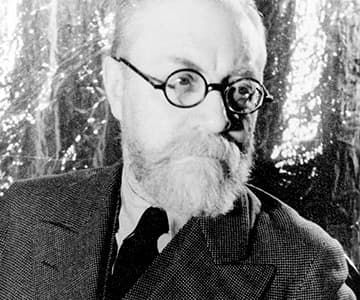
HENRI MATISSE (1869-1954)
Some art critics tend to regard Matisse as the greatest exponent of twentieth century painting, only surpassed by Picasso. That is quite debatable, although the almost pure use of color in some of his works strongly influenced many of the following avant-gardes.

RAFFAELLO SANZIO (1483-1520)
Equally loved and hated in different eras, no one can doubt that Raphael is one of the greatest geniuses of the Renaissance, with an excellent technique in terms of drawing and color.

JACKSON POLLOCK (1912-1956)
The major figure of American Abstract Expressionism, Pollock created his best works, his famous drips, between 1947 and 1950. After those fascinating years, comparable to Picasso’s blue period or van Gogh’s final months in Auvers, he abandoned the drip, and his latest works are often bold, uninspired works.

DOMENIKOS THEOTOKOPOULOS · EL GRECO (1541-1614)
One of the most original and fascinating artists of his era, with a very personal technique that was admired, three centuries later, by the impressionist painters. A true innovator in the broadest sense of the word.
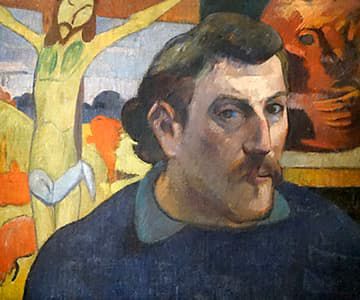
PAUL GAUGUIN (1848-1903)
One of the most fascinating figures in the history of painting, his works moved from Impressionism (soon abandoned) to a colorful and vigorous symbolism, as can be seen in his 'Polynesian paintings'. Matisse and Fauvism could not be understood without the works of Paul Gauguin.

JEAN-MICHEL BASQUIAT (1960-1988)
Basquiat is undoubtedly the most important and famous member of the "graffiti movement" that appeared in the New York scene in the early'80s, an artistic movement whose enormous influence on later painting is still to be measured.
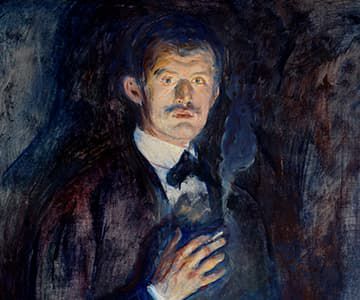
EDVARD MUNCH (1863-1944)
Modernist in his context, Munch could be also considered the first expressionist painter in history. Works like "The Scream" are vital for the understanding of twentieth century painting.

TIZIANO VECELLIO DI GREGORIO (c.1476-1576)
After the premature death of Giorgione, Titian became the leading figure of Venetian painting of his time. His use of color and his taste for mythological themes defined the main features of 16th century Venetian Art. His influence on later artists -Rubens, Velázquez...- is extremely important.
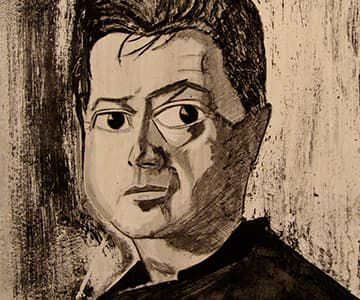
FRANCIS BACON (1909-1992)
Maximum exponent, along with Lucian Freud, of the so-called "School of London", Bacon's style was totally against all canons of painting, not only in relation to beauty, but also against the abstraction of the dominant abstract expressionism at the time.

ANDY WARHOL (1928-1987)
Brilliant and controversial, Warhol is the leading figure of pop-art and one of the icons of contemporary art. His silkscreen series depicting icons of the mass-media (as a reinterpretation of Monet's series of Water lilies or the Rouen Cathedral) are one of the milestones of contemporary Art, with a huge influence in the Art of our days
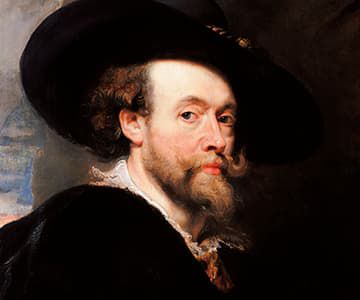
SIR PETER PAUL RUBENS (1577-1640)
Rubens was one of the most prolific painters of all time, thanks in part to the collaboration of his study. Very famous in life, he traveled around Europe to meet orders from very wealthy and important clients. His female nudes are still amazing in our days.
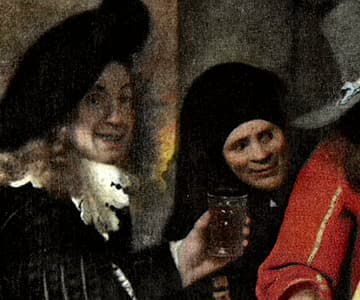
JOHANNES VERMEER (1632-1675)
Vermeer was the leading figure of the Delft School, and for sure one of the greatest genre painters of all time. Works such as "View of the Delft" are considered almost "impressionist" due to the liveliness of his brushwork. He was also a skilled portraitist, and his "Girl With a Pearl Earring" has been called the “Mona Lisa of the North”.
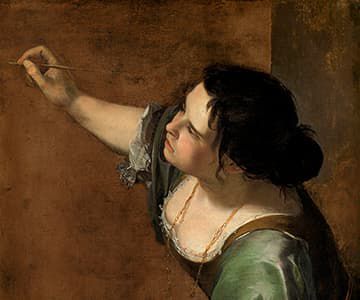
ARTEMISIA GENTILESCHI (1597-1654)
One of the most gifted artists of the early baroque era, she was the first female painter to become a member of the Accademia di Arte del Disegno in Florence. During the last decades reevaluation of her work has placed Gentileschi in the place she deserved among the greatest painters of her era.
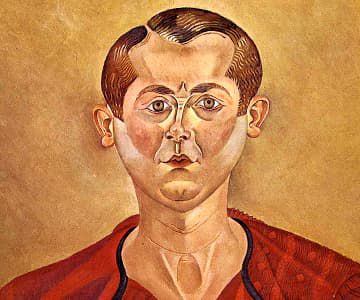
JOAN MIRÓ (1893-1983)
Like most geniuses, Miro is an unclassificable artist. His interest in the world of the unconscious, those ideas and emotions hidden in the depths of the mind, link him with Surrealism, but with a personal style, sometimes closer to Fauvism and Expressionism. His most important works are those from the series of "Constellations", created in the early 40s.

TOMMASO MASACCIO (1401-1428)
Masaccio was one of the first old masters to use the laws of scientific perspective in his works. One of the greatest and most innovative painters of the Early Renaissance.

MARC CHAGALL (1887-1985)
Artist of dreams and fantasies, Chagall was for all his life an immigrant fascinated by the lights and colors of the places he visited. Few names from the School of Paris of the early twentieth century have contributed so much -and with such variety of ideas- to change modern Art as this man "impressed by the light," as he defined himself.
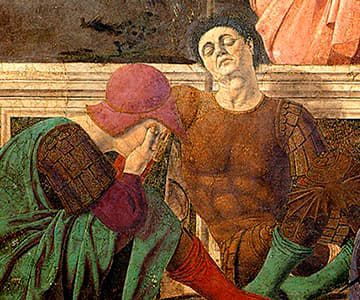
PIERO DELLA FRANCESCA (1416-1492)
Despite being one of the most important figures of the quattrocento, the art of Piero della Francesca has been described as “cold”, “hieratic” or even “impersonal”. But with the apparition of Berenson and the great historians of his era, like Michel Hérubel -who admired the “metaphysical dimension” of the paintings by Piero-, his precise and detailed Art finally occupied the place that it deserves in the History of Art.
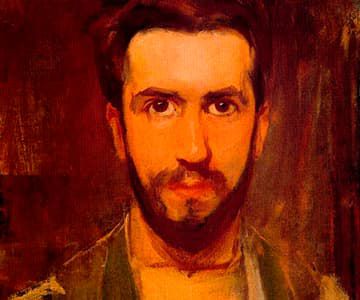
PIET MONDRIAN (1872 -1944)
Along with Kandinsky and Malevich, Mondrian is the leading figure of early abstract painting. After emigrating to New York, Mondrian filled his abstract paintings with a fascinating emotional quality, as it can be seen in his series of "boogie-woogies" created in the mid-40s.
Read the full article

